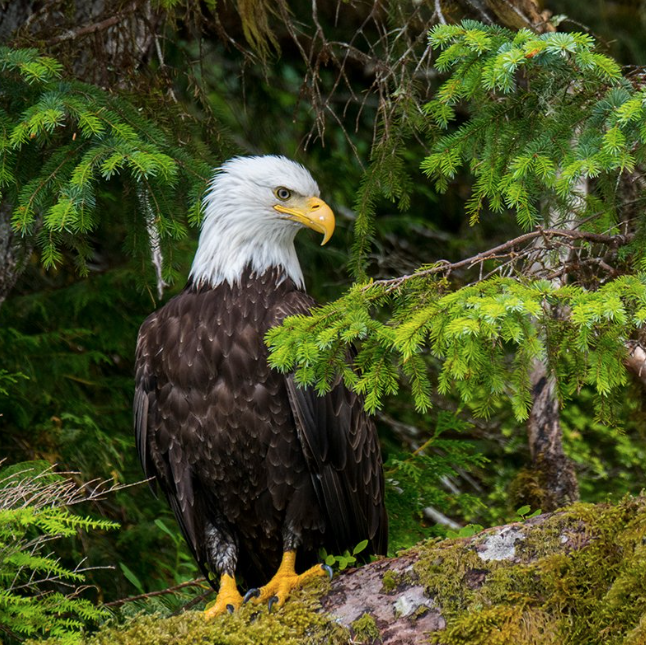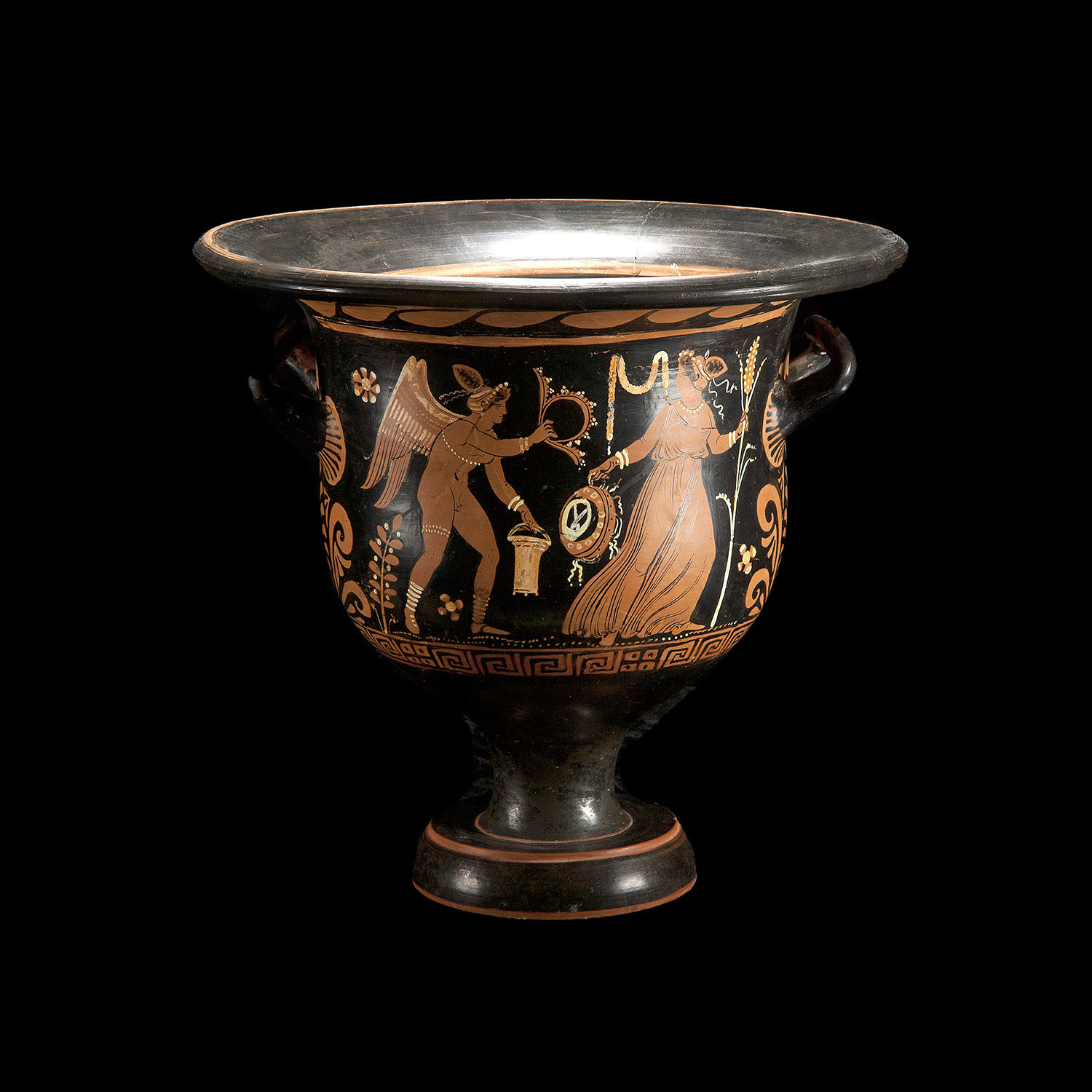I am interested, however, in finding out what your simulation is. Please go on
OK, two six-sided dice, different colors. They will be used to determine mutations and what the mutations are.
First simulation: Random change, no natural selection.
On a sheet of graph paper, draw twelve columns of boxes, six squares per column. Put "5" in every box.
Pick a simple rule for fitness. (for example, the higher the sum of the boxes, the higher the fitness)
1. compute fitness of each column (an individual in the population)
2. compute average fitness of the population and record it.
3. For each column, roll the two dice. One specifies which box will mutate, the other specifies the number you put in.
4. When finished, again calculate and record average fitness.
5. Randomly pick two columns (the survivors) and have them reproduce.
a. their offspring will be identical with one mutation, determined by the dice
b. six offspring each.
6. repeat from 4. for at least 12 steps. Graph fitness over time.
Now, do the same thing, except pick the two columns with the highest fitness each time.
Compare the two graphs.



